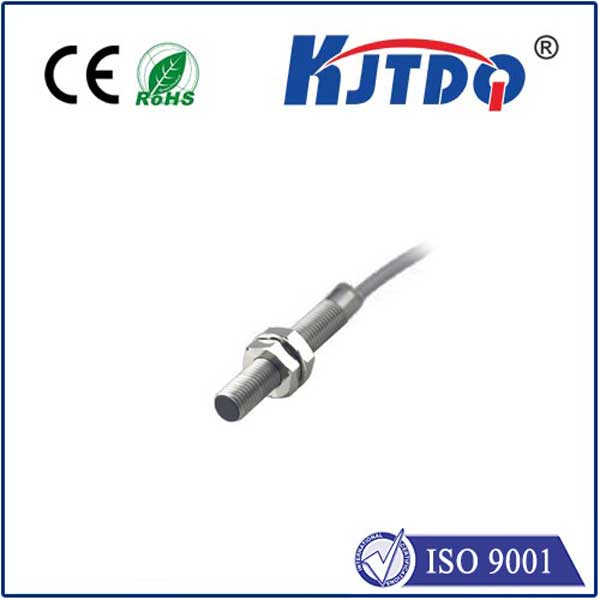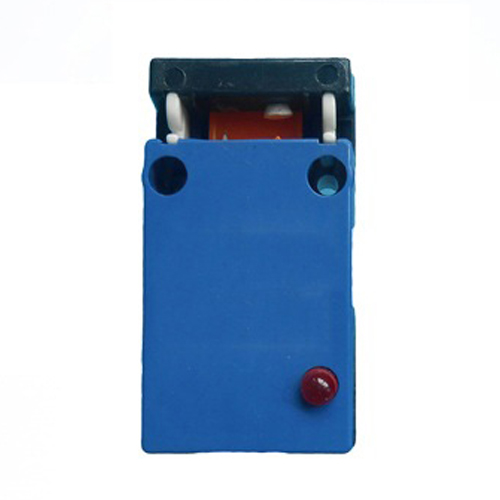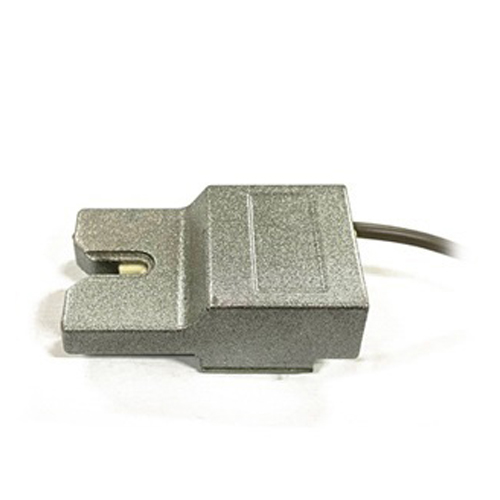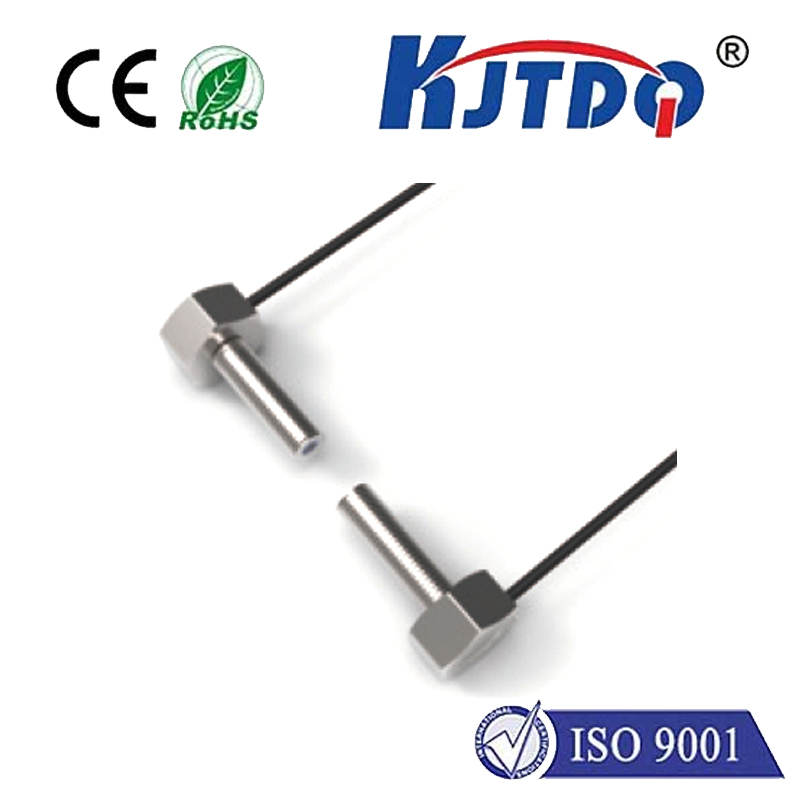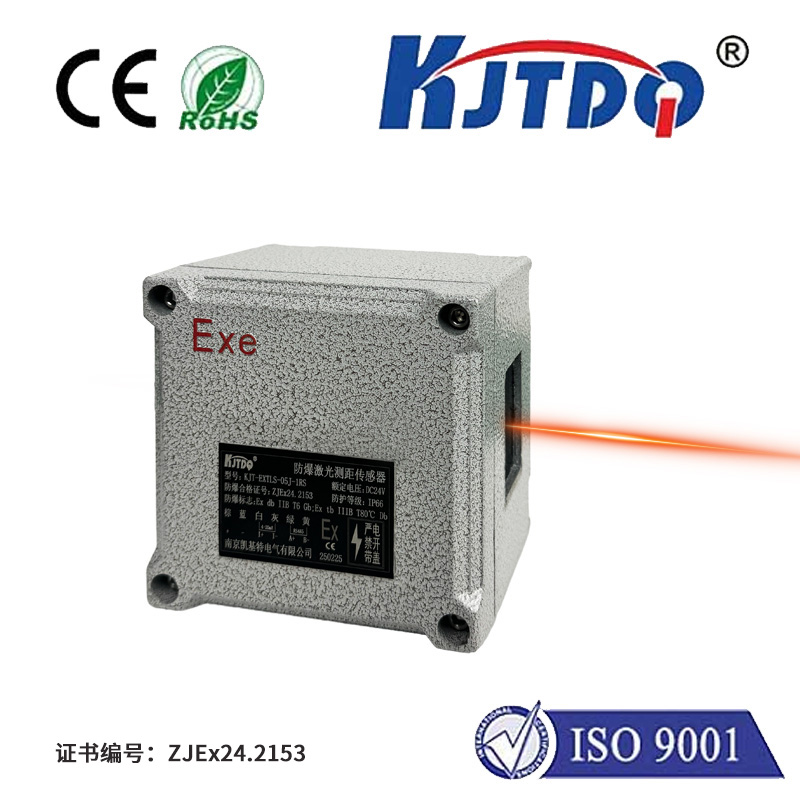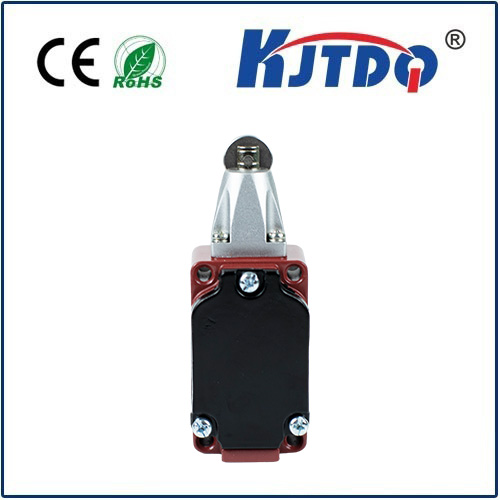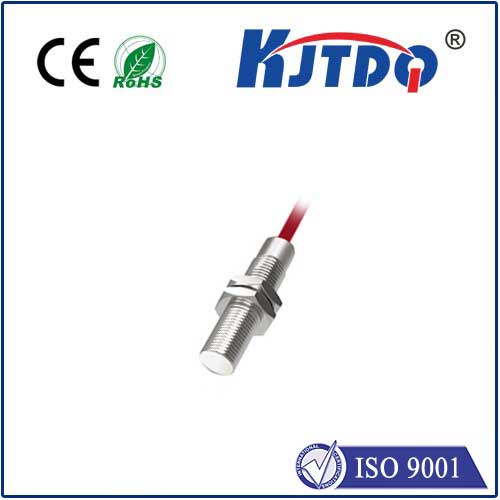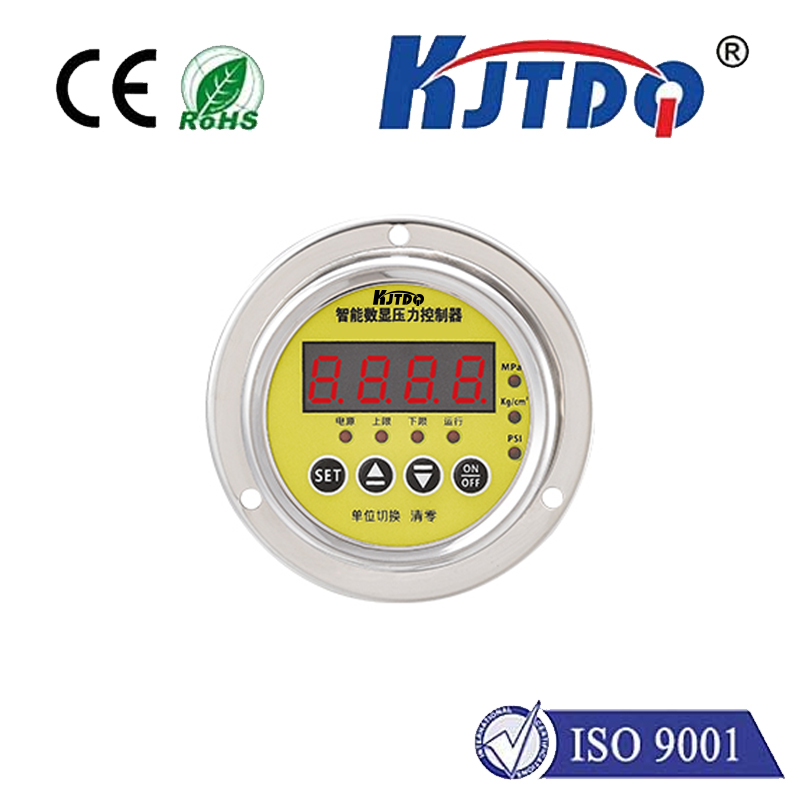

check

check

check

check

check

check

check

check

check

check
Imagine tapping your phone to instantly unlock a door, pay for coffee, or pair your headphones. No magic, just the invisible power of NFC proximity sensors at work. These tiny marvels embedded in everyday devices leverage Near Field Communication (NFC) technology to enable seamless, secure, and incredibly convenient interactions the moment objects come within a few centimeters of each other. They are the silent orchestrators behind the “just tap” revolution, transforming how we interact with technology and the physical world around us.
Beyond the Tap: Understanding NFC Proximity
At its core, an NFC proximity sensor isn’t a distinct sensor like, say, a temperature probe. Instead, it’s the function enabled by NFC technology itself. NFC operates on the principle of inductive coupling, creating a tiny electromagnetic field between two compatible devices – typically a reader/writer (like a payment terminal or smartphone) and a tag or another NFC device (like a keycard or another phone). The key characteristic defining an NFC proximity sensor is its extremely short operational range – usually just 1 to 4 centimeters (less than 2 inches). This deliberate limitation is fundamental to its security, reliability, and intended use cases.
This close-proximity requirement means that the interaction must be intentional. You consciously bring your device near the sensor point. This inherent design principle makes NFC proximity sensors incredibly secure compared to longer-range wireless technologies like Bluetooth or Wi-Fi. Unauthorized snooping or accidental triggers become vastly more difficult when an intruder needs to be physically centimeters away.
How the “Proximity” Magic Happens
When an NFC-enabled device (acting as an initiator) is brought into the proximity field of an NFC tag or another device (the target), several things occur:
Where NFC Proximity Sensors Shine: Real-World Applications
The unique blend of short range, ease of use (tap), security, and versatility makes NFC proximity sensors ideal for numerous scenarios:
The Compelling Advantages of NFC Proximity
Why choose an NFC proximity sensor over other methods? The benefits are significant:
Beyond the Hype: Considerations and Evolution
While powerful, NFC proximity sensing isn’t without constraints. The deliberate short range can be a limitation if greater distance interaction is needed (though this would defeat its core security benefit). Data transfer speeds, while sufficient for its typical use cases (IDs, small data packets), are slower than other wireless technologies. It’s also vital that applications are well-designed to prevent malicious tag tampering (“cloning” remains a concern, mitigated through encryption protocols like in payment systems).
The future for NFC proximity sensors is bright. Integration continues to deepen into more devices – wearables, smart home appliances, industrial IoT sensors. Enhanced security protocols are constantly evolving. Perhaps most exciting is the potential for more seamless and context-aware interactions, where a simple tap in the right place, at the right time, triggers chains of personalized actions within the connected environments around us.
From the mundane act of paying for lunch to securing critical infrastructure or ensuring patient safety, NFC proximity sensing proves that sometimes, the most transformative technologies are those we barely see and feel only as a gentle tap. They quietly bridge the physical and digital worlds, making secure connection as simple as bringing things close together
